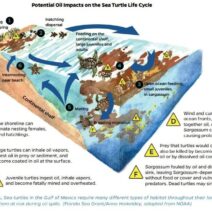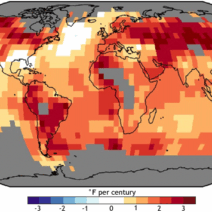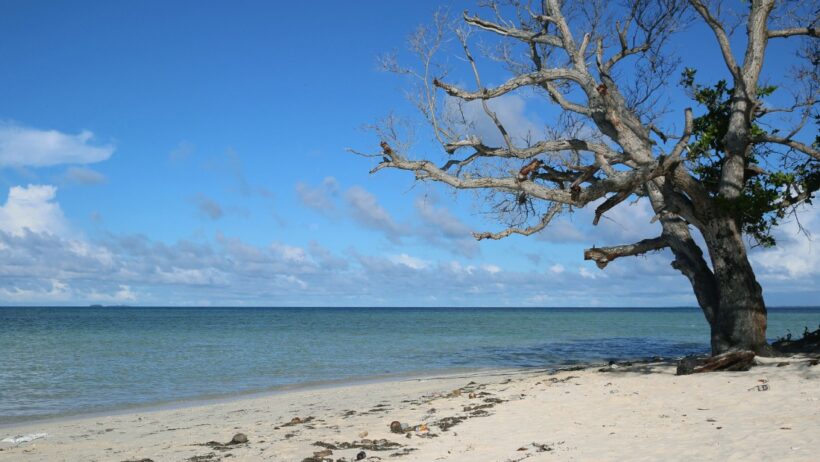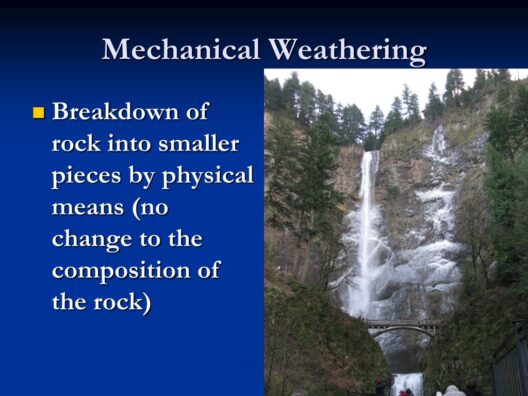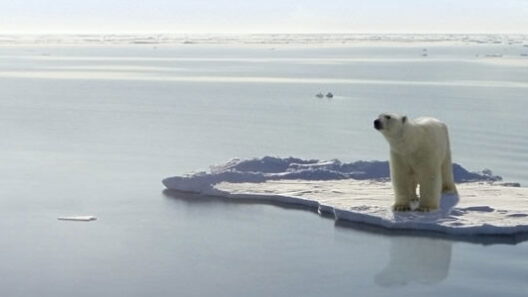Global warming is an alarming phenomenon that has profound implications for our planet’s ecosystems and human livelihood. Among its most devastating effects is the threat posed to islands, many of which are facing the grim prospect of disappearing. This discussion invites a closer examination of how global warming has already altered landscapes, particularly through rising sea levels and extreme weather events. It also challenges us to ponder the potential futures of countless island nations.
Rising sea levels are fundamentally driven by two main mechanisms exacerbated by climate change: thermal expansion of ocean water and the melting of polar ice caps and glaciers. As global temperatures rise, ocean water expands, occupying more space and thus elevating sea levels. Simultaneously, the melting of glaciers, particularly those in Greenland and Antarctica, contributes additional water to the oceans. To add to this, even small increases in sea level can lead to constructive changes along coastlines—affecting tides, beach erosion, and sediment transport patterns.
The consequences of this phenomenon are dire for low-lying islands, many of which are mere feet above sea level. Nations such as the Maldives, Tuvalu, and Kiribati exemplify vulnerable territories where entire communities could face existential threats. In instances of gradual inundation, the salinization of freshwater resources and agricultural land often occurs, leading to food insecurity and potential displacement of populations.
Consider the case of the Carteret Islands in Papua New Guinea. Over the last two decades, residents have experienced the tangible impacts of encroaching seawater, causing the gradual erosion of land and the salinization of drinking water resources. The plight of the Carteret Islanders is not merely an abstract concept; it embodies the real socio-economic struggles resulting from climate-triggered phenomena. Entire communities may be forced to relocate, leading to cultural dislocation and loss of heritage.
In addition to rising sea levels, islands are frequently subjected to increased frequency and intensity of storms and hurricanes. The relationship between global warming and extreme weather patterns is increasingly evident, with warmer ocean temperatures providing more energy for storm systems. Depending on the geographical location, islands may experience more devastating typhoons, cyclones, and hurricanes—battering their infrastructures and leading to further erosion and disintegration of coastlines.
The downsides of these weather patterns are not confined to physical damage. These events often precipitate a humanitarian crisis, wherein government resources become overwhelmed, healthcare is compromised, and economic stability is endangered. This multifaceted calamity underlines a pressing need for proactive strategies to mitigate the impacts of climate change on island communities.
Such strategies, however, are complicated by the geopolitical context of many island nations. Some lack the financial resources and technological support necessary to combat the existential threats posed by climate change. While larger nations may be able to invest in adaptation measures such as coastal defenses or advanced agricultural techniques, smaller island states often find themselves at the mercy of international discussions that may prioritize larger economies over their survival.
Responses to the looming crisis necessitate a recalibration of our global perspective. While mitigation efforts aimed at reducing carbon emissions remain vital, so too should emphasis be placed upon adaptation strategies. These can include the construction of sea walls, the implementation of sustainable land management practices, and even the relocation of communities when necessary. Innovative approaches, such as the development of floating islands or the restoration of mangroves, may offer hope for preserving island ecosystems.
Nonetheless, the picture remains bleak. Current climate models predict that many islands could become uninhabitable within this century if significant changes are not enacted. Such grim forecasts challenge us to reflect on the imperative for collaborative international action. The fate of islands is interconnected with broader climate issues. The urgency for global discourse around climate action cannot be overstated, as isolated occurrences of island loss may lead to broader impacts on global population displacements and international relations.
It is worth noting that the narrative surrounding island disappearance is not solely one of loss, but also one of resilience and adaptation. The stories of island communities confronting these challenges can serve as powerful narratives for climate advocacy, reminding us of our shared responsibility for the well-being of our planet. As such, individuals, organizations, and governments must bolster their efforts to support vulnerable populations and ensure that these stories are told, and the lessons learned are shared.
In conclusion, the question of whether global warming has already caused islands to disappear elicits a profound reflection on the interconnectedness of climate, culture, and humanity’s future. While some islands have been irrevocably altered, the ongoing battle against climate change remains one that can still be fought. It is pivotal that we nurture a sense of urgency and solidarity, embracing both innovative solutions and international cooperation in our quest to preserve the planet and its diverse communities.

